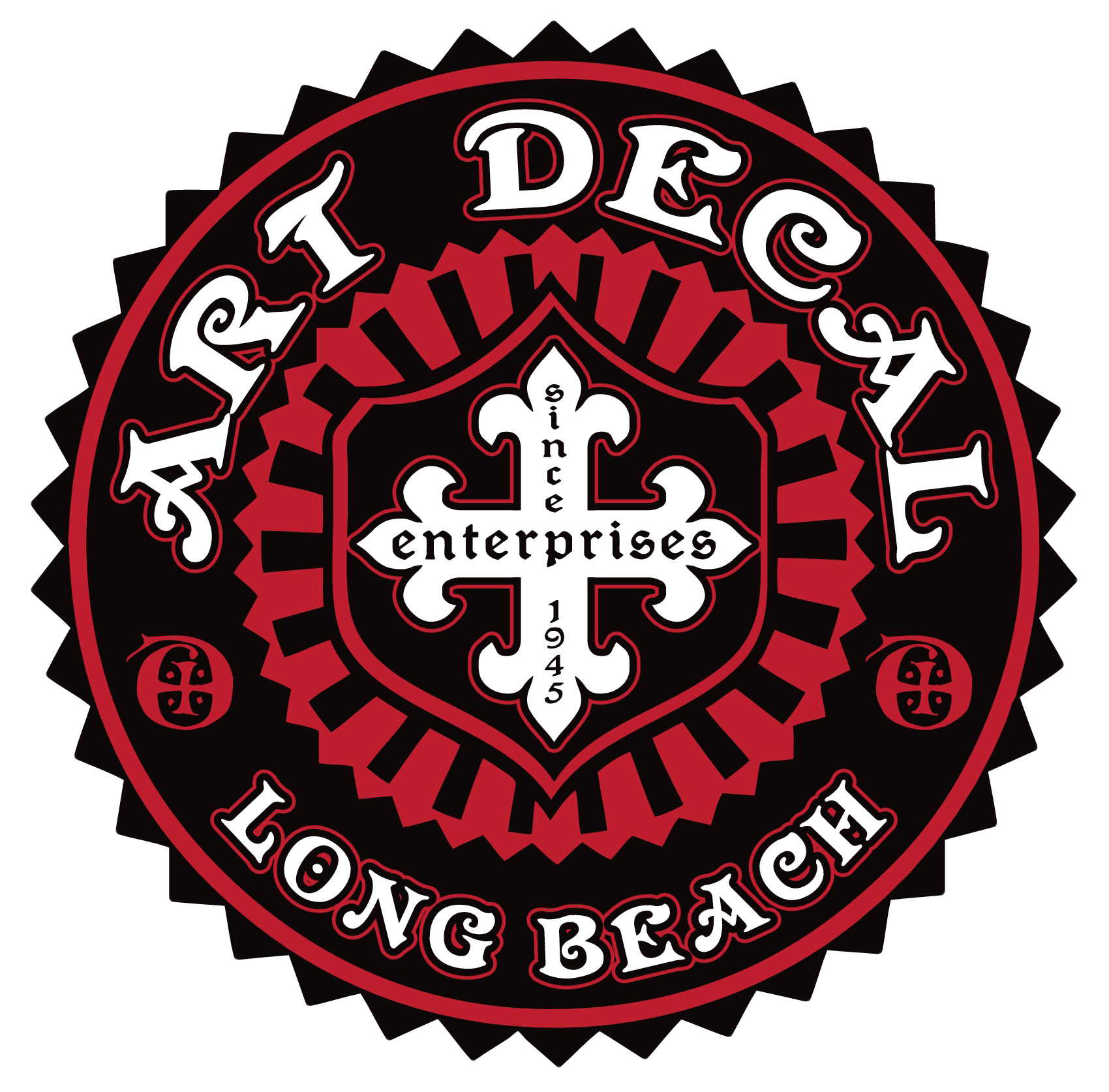Storage of Decals:
One of the greatest problems in the storage of decals is sticking.
We recommend storage of the decals in air-conditioned rooms (humidity 55-65% moisture) and on the decal paper’s EDGE. Decals should be stored at a constant room temperature of approximately 68-74ºF. With proper storage, the decals have a shelf life of 1 – 2 years. Some colors may be effected over a longer period of storage.
Regulations Warnings:
Ceramic and glassware items are often decorated and fired with imprints containing heavy metals. These imprints (glass frits) are fired at high temperatures (ranging from 1050º – 2225º Fahrenheit) to ensure they are permanently fused into the ware surface. Among the substances historically used are certain metals, such as lead and cadmium. These have come under examination in relation to negative health and environmental impacts. (Lead-Free decals are now available)
In recent years, much has been said about the use of heavy metals, including lead, in a broad range of products. The subject emerges from time to time in the mainstream media, as the popular, national press has reported on laws and regulations impacting on the use of lead in glass and ceramic products. Certain media elements have also attempted on occasion to “sensationalize” reports of lead in consumer products. Some groups, lacking in knowledge of all the facts, unnecessarily alarm the public.
Unfortunately, sometimes this can result in confusion for those who purchase such items. Some individuals believe certain requirements apply to particular items when they do not apply; or that everything must be “bad” if there is any lead at all on the product. In fact, there are no known cases of commercially produced glass and ceramic ware purchased making anyone sick. Please note this is for informational purpose only, be aware that laws and standards change and vary from state to state. The laws and standards generally apply to products intended for food use. To protect yourself and your clients, please check your local standards.
Please note that we cannot take responsibility for the lead and cadmium levels of the ceramic/glass decals when fired. Unless otherwise stated please DO NOT decorate on surfaces that come in contact with food or drink. If decals are used on food-bearing surfaces, we recommend that the products be tested to comply with FDA and state rules.
Here are some helpful links for up to date legislative updates and information:
– The Society of Glass and Ceramic Decorators:
– Food and Drug Administration (FDA): http://www.accessdata.fda.gov/scripts/cdrh/cfdocs/cfcfr/CFRSearch.cfm?fr=109.16
– California – Office of Environmental Health and Hazard Assessment (OEHHA)
Businesses are responsible for providing clear and reasonable warnings.
The form, content and suggested language for some Proposition 65 warnings can be found in regulation in Title 22, Cal. Code of Regulations, Section 12601:
Food and Drug Administration (refer to FDA for complete information)
Ceramic Foodware : In November 1991, the U.S. Food and Drug Administration (FDA) announced revised standards for lead and cadmium leaching from the food contact surface of ceramic foodware. These standards set the maximum level of leaching. The standards are contained in FDA’s Compliance Policy Guide and have not been issued by FDA as formal regulations. We note that they apply only to the food contact surface. These limits are not applicable to non-food contact areas such as the outside of a mug or canister.
Lip and Rim Area: A voluntary industry standard limits the amount of lead and cadmium leaching from the top 3/4″ of the outside of a ceramic cup, mug, or drinking glass. The limits are not more than 4ppm of lead and not more than .4ppm for cadmium. The standard does not apply to ceramic or glass ware that have less than 2-1/2″ of decorating area below the rim and which is not intended for usage by children.
Ceramic Decorative Ware:
A regulation requires proper labelling of decorative ceramic and glass ware containing heavy metals. These requirements include a clearly visible sticker warning of the poisoning potential on the top of the piece,
a similar, permanent label on the bottom, and may sometimes include altering the piece to ensure it cannot be used to prepare, hold, or serve food. (details at http://www.accessdata.fda.gov/scripts/cdrh/cfdocs/cfcfr/CFRSearch.cfm?fr=109.16 )
1) Printed Label: “Not for Food Use. May Poison Food,” “Not for Food Use. Glaze contains lead. Food Use May Result in Lead Poisoning,” and “Not for Food Use–Food Consumed from this Vessel May be Harmful,”
2) A hole is bored through the potential food-contact surface.
3) A symbol may be used to advise that a piece of ornamental or decorative ceramicware is not to be used with food.


